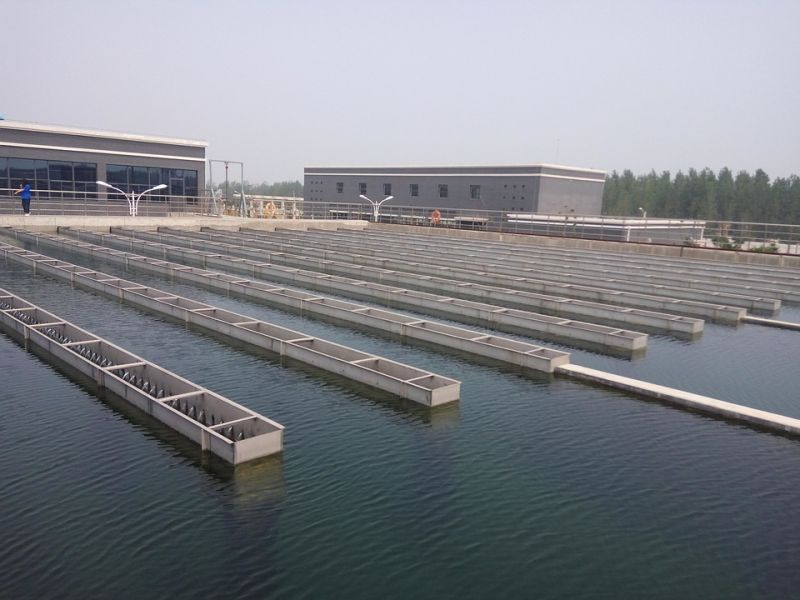Artificial Intelligence-enabled Solutions to Power the Water Industry toward $695.96 Billion in 2018
Published on by Water Network Research, Official research team of The Water Network in Business
Membrane-based water and wastewater treatment systems to attract growth opportunities due to their sustainability advantage, finds Frost & Sullivan
Frost & Sullivan's recent analysis, Global Outlook of the Water Industry, reveals that Internet of Things (IoT)-enabled smart meters and digitalized solutions are driving the global water market as rising water stress is creating a constant demand for advanced technologies. This need for sustainable solutions is boosting investments in the development of energy-efficient and energy-neutral treatment systems.

Representative image, Source: Pixabay, Labeled for Reuse
One such cutting-edge communication technology adopted by the municipal segment is low-power wide-area network (LPWAN), which is ideal for supporting IoT-fitted equipment for process control and management. In the industrial segment, there is increasing demand for decentralized/mobile treatment systems. Participants in this segment are exploring technologies such as smart sensors with self-calibration/cleaning ability and AI for the operation of treatment systems.
The analysis also highlights key market predictions for 2018 for both the industrial and municipal segments. It lists the key hotspots in every region, along with the growth outlook for key technologies for water, wastewater, and sludge treatment. It also provides the total municipal and industrial water market expenditure forecast for Asia-Pacific, North America, Europe, Middle East & Africa (MEA), and Latin America.
"Both municipal and industrial end users have shown a marked preference for membrane-based treatment systems owing to their improved efficiency and easy availability. When integrated with AI, these systems will enable the complete automation of operations and maintenance of treatment systems, as well as significantly lower end-users' OPEX," said Paul Hudson, Research Analyst, Energy & Environment. "Water and energy conservation efforts across industries will drive spending in both municipal and industrial segments."
Water industry players will take interest in the following highlights and growth opportunities from the analysis:
The municipal segment is set to grow at a rate of 6.4 percent, while the industrial segment should grow at 7.6 percent in 2018;
Collaborating with IoT communication modules/solution providers and cloud computing, AI, or Big Data solution providers;
Revenues for the global water market are estimated to reach $695.9 billion in 2018;
Offering new business models such as pay-for-performance and hybrid annuity public-private partnership, which incentivize efficiency; and
Establishing novel service models such as Water-as-a-Service for decentralized treatment systems.
"Asia-Pacific is emerging as the fastest growing geographic market for water and wastewater treatment solutions due to its growing economy, urbanization, and rapid industrialization," noted Hudson. "The North American market, especially the industrial segment, will be driven by the spending from oil and gas exploration industries, while the Middle East is investing heavily in energy-efficient desalination treatment systems for municipal and industrial use."
Global Outlook of the Water Industry, 2018 is part of Frost & Sullivan's global Environment & Water Growth Partnership Service program.
For further information on this analysis, please visit: http://frost.ly/2mo
Source: PR Newswire
Media
Taxonomy
- Treatment
- Treatment Methods
- Membrane Bioreactor Systems
- Filtration
- Technology
- Membranes
- Filtration
- Membrane Technology
- Membrane Filtration
- water treatment
- Blockchain